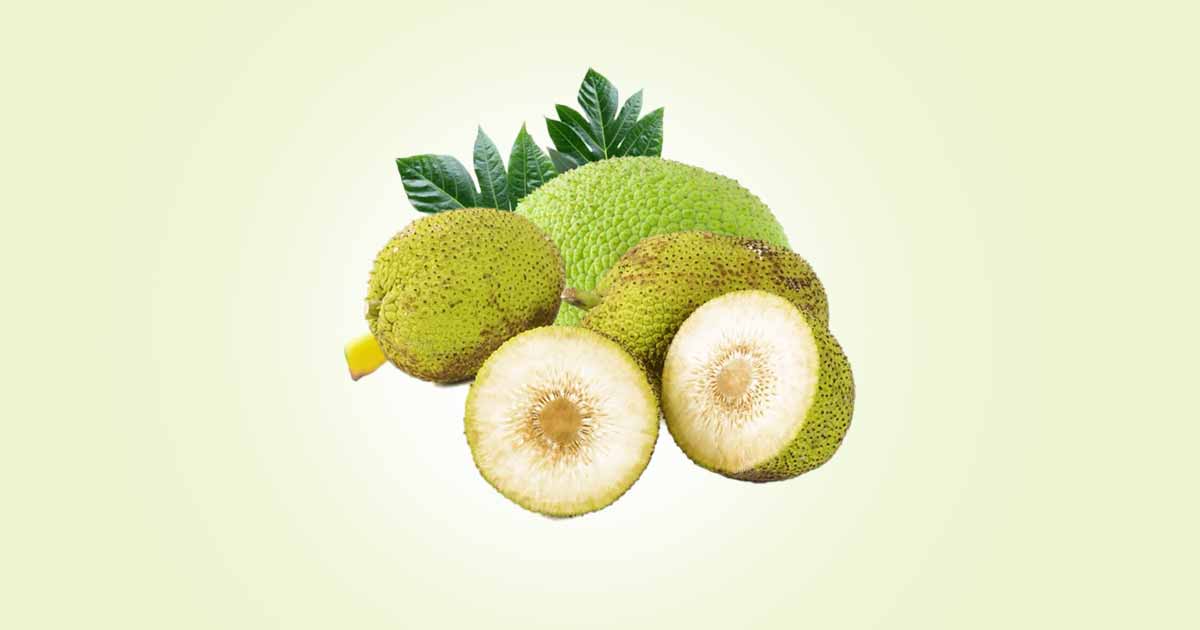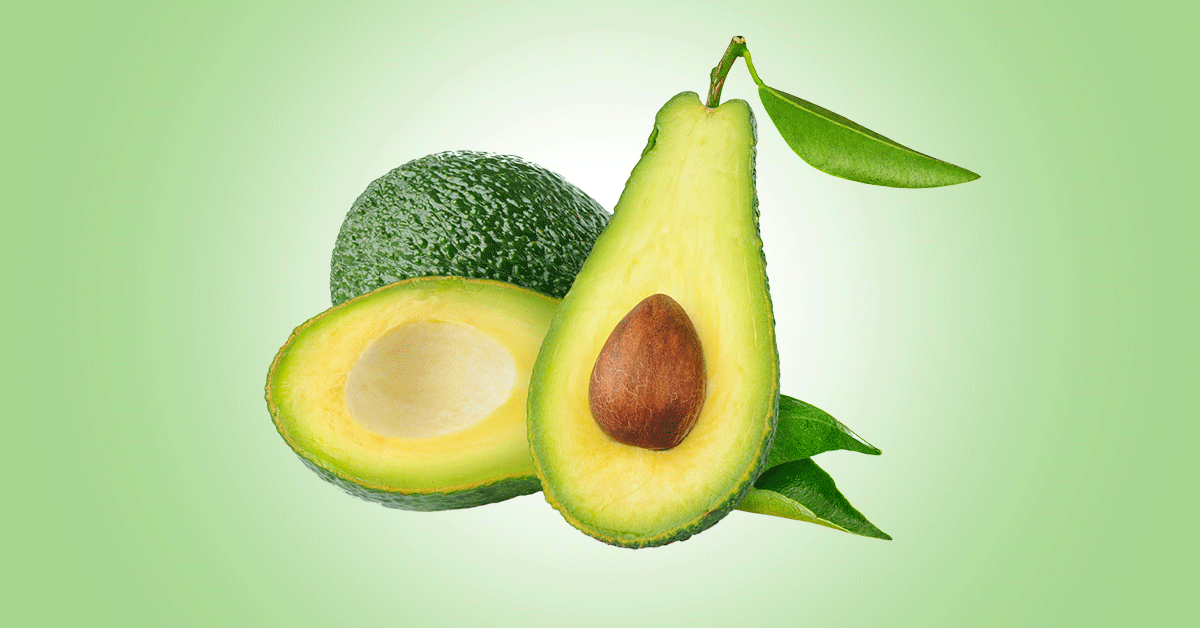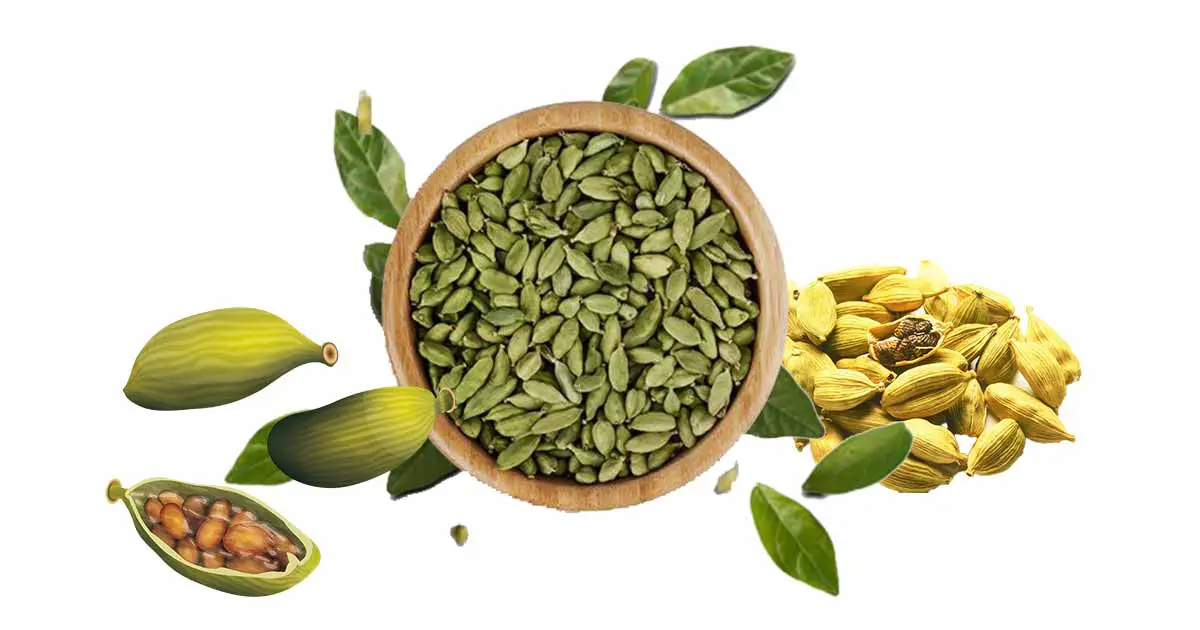Breadfruit (Artocarpus altilis) is a starchy fruit from the perennial plant of the Moraceae family. The plant family also includes figs, mulberry, banyan. The Moraceae species produce milky latex. The Latin name of breadfruit is from a Greek word (artos = bread, karpos = fruit), and altilis means ‘fat’.
Artocarpus species include jackfruit, Marang, chempedak, and breadnut, a possible ancestor of breadfruit. Breadfruit is related to other plants such as Artocarpus camansi, and Artocarpus mariannensis, and they all make up the “breadfruit complex.” All three of them have edible fruit and seeds. Breadfruit is also called ‘tree of bread’.
Breadfruit grows in tropical climate. It originates from the New Guinea and the Indo-Malay region, but spread to all parts of Pacific by voyaging islanders. It is now grown in the whole of the Pacific except New Zealand, and Easter Island. Other regions like north Australia, south Florida, Central and South America, the Caribbean, Africa, Southeast Asia, Seychelles, India, Maldives, Sri Lanka, and Madagascar grow it.
Artocarpus altilis is a monoecious evergreen plant that can grow up to 21 m, and has a dense spreading canopy. The male and female flowers develop on the same tree at the end of branches. The flowers are tiny, creamy yellow individual flowers which are attached to a spongy core. It turns to dark brown with maturity. Flowers fuse together and forms the fleshy, edible portion of the fruit.
The leaves are long, slender with deep, curving lobes to wide and round with barely any lobes at all.
The fruit skin is light to dark green, yellow-green, or yellow when mature, or rarely pinkish or orange-brown fruit. It can be harvested in 15 to 20 weeks. The skin of the fruit is thin, can be smooth, bumpy, or spiny, with pentagonal or hexagonal markings and patterns.
Breadfruit can come with or without seeds. Seeds are brown, shiny, round, or ovoid, and irregularly compressed. The seeded types are found in south-western Pacific, while the seedless types of breadfruit are common in Micronesia and Eastern islands of Polynesia.
There are many varieties of breadfruit such as Otea, Puaa, Ulu fiti. Other names of breadfruit are brotfruchtbaum (German), arbre à pain, fruit à pain (French), fruta pao, pao de massa (Portuguese), rata del (Sri Lanka), shelisheli (Tanzania), ‘ulu (Hawai‘i, Samoa, Rotuma, Tuvalu), árbol de pan, fruta de pan, pan, panapen, (Spanish), rimas (Philippines), etc.
Breadfruit’s baby fruit, when harvested, is used as vegetable flour. The unripe mature plant is used as a starchy staple, while the ripe mature plant is sweet and soft, and used for culinary purposes and making of desserts. With maturity, the flesh and skin may exude a white viscous latex, which discolors to greenish or reddish-brown when exposed to air.
The fruit can be cooked by roasting, steaming, drying, boiling or used to make bread, fried chips. The fermented form is stored. The sweet, creamy, ripe fruit is prepared as a dessert and used to make pies, cakes, and other sweets. Flour made from breadfruit is a subtitute for wheat flour.
In traditional medicine, the latex is used to treat broken bones and sprains. It is bandaged on the spine to relieve sciatica. When diluted, the latex is used to treat diarrhea, stomachaches, and dysentery. Sap from the crushed stem are used for ear infections or sore eyes.
Crushed leaves relieves skin ailments and fungus diseases like ‘thrush’. Tea infusion from the yellowing leaves are used to treat high blood pressure, diabetes, and manage asthma. The root is astringent and serve as purgative. It is macerated as poultice for skin diseases. Root extract is used for headache.
Latex from the plant is a medicinal component. It can also serve as glue, chewing gums.
Composition
Nutrition
A 100g of raw breadfruit contains 70.6 g of water, 27.1 g of carbohydrates, 1.07 g of proteins, 11 g of sugars, 0.23 g of fats, 0.93 g of ash, 4.9 g of dietary fiber, and 103 kcal of energy.
Minerals: potassium (490 mg), phosphorus (30 mg), magnesium (25 mg), calcium (17 mg), iron, zinc, copper, manganese, selenium.
Vitamins: vitamin C (29 mg), thiamine, riboflavin, niacin, vitamin B-6, vitamin E, vitamin K, folate, pantothenic acid, choline, Lutein + zeaxanthin.
Bioactive compounds:
Artocarpus altilis contains essential amino acids, mainly the leucine, isoleucine, phenylalanine, and valine.
- Sugars: glucose, sucrose, and fructose
- Monoterpenes: limonene, sabinene, phellandrene, γ-terpinene, terpinolene.
- Organic acids: quinic acid, tartaric acid, citric acid. They influence the flavour of the fruit.
- Polyphenols: cinnamic acid derivatives (caffeic, chlorogenic, coumaric, and ferulic acids) , gallic acid, ellagic acid, epicatechin, catechins, castalagin, vescalagin, benzoic acid, tannins.
- Flavonoids and leucoanthocyanins, flavanols, flavonol, quercetin
- Broussochalcone A, kazinol A, broussoaurone A, cycloartocarpin A, cycloheterophyllin and broussoflavonol F, ursolic acid, cycloartenol, B-sitosterol, artocarpetin.
- Fatty acids.
- The root bark extract of the plant contains cycloartocarpin, cudraflavone B, C, morusin, cycloartobiloxanthone.
However, there are antinutrients such as stachyose, hemagglutinin and raffinose.
Recipes with Breadfruit
- Breadfruit salad: made with mature breadfruit, cucumbers, Chinese cabbage, or carrots, chopped onion, lime or other citrus juice. Optionally, a chopped hard-boiled egg, chopped clove garlic, and 1 to 2 tablespoons oil or salad dressing can be added.
- Breadfruit and fish curry: Prepared with 2 cups (0.47 l) raw mature breadfruit, cooking oil, clove garlic, curry powder, pepper and chili, pumpkin, tomato paste, green leafy vegetables, fresh or canned tuna or mackerel, lime or other citrus juice. Optionally, you can add chopped vegetables, such as eggplant, carrot.
- or tomato
- Ripe and mature breadfruit in coconut cream: made with a mature, and a half ripe breadfruit together with grated coconut.
Health Benefits of Breadfruit
Breadfruit contains essential minerals and vitamins such as vitamin C, potassium, calcium, and magnesium. β-carotene and other carotenoids protect us against vitamin A deficiency, cancer, and heart diseases.
Good glycemic index suitable for diabetes:
With low calories of 103 kcal, low fat, and almost no cholesterol. It is a good source of healthy nutritional source for diabetic patient. The glycemic index is lower than wheat, rice flours, taro white potato, white rice, white bread.
Also, chlorogenic acid prevents reabsorption of glucose, while the plant extract inhibited alpha glucosidase enzyme in vitro.
Cardiovascular health:
Artocarpus altilis is rich in potassium and antioxidant compounds such as catechins. These compounds have positive effect on management of cardiovascular diseases.
Quercetin also improves blood pressure in hypertensive patients. The flavonols and vitamin K also inhibit platelet activity.
Gluten-free:
Breadfruit is gluten-free, which makes it a good diet for those with gluten allergies or celiac disease.
Rich in antioxidant:
Breadfruit contains vitamin C, vitamin E, carotenoids, mainly from beta-carotene, and lutein + zeaxanthin, catechins, gallic acids. Antioxidants prevent free radical formations and diseases resulting from oxidative stress and inflammation like cancer, cardiovascular diseases.
Lowers cholesterol and lipids:
Fermented breadfruit has dietary fibers which produces short chained fatty acids that cab lower cholesterol levels, decrease triglycerides and low-density lipoprotein cholesterol content. Chlorogenic acid prevent oxidation of low density lipoprotein, and subsequent formation of atheroma.
Probiotics:
The lactic acid bacteria and soluble dietary fiber in fermented bread fruit is symbiotic in nature, and has pre- and probiotics that improves gastrointestinal health.
High dietary fiber
With a rich content of dietary fiber, breadfruit adds bulk to the stool, promotes bowel movement, lowers the risk of colorectal cancer, and lowers cholesterol and triglycerides.
Anti-inflammatory activity:
Artocarpus altilis contains monoterpenes such as limonene, sabinene, and phellandrene. These compounds have been utilized for treating inflammatory conditions like arthritis.
Flavonoids from breadfruit has anti-inflammatory activities and can inhibit 5-lipoxygenase of cultured mastocytoma cells, cathepsin K, and 5α-reductase
Antimicrobial activity:
Artocarpus altilis contains chlorogenic acid which has antiviral, antibacterial, and antifungal properties. Gallic acid exhibits activity against the HSV-2 herpes virus.
Salmonella enterica, Clostridium perfringens, Bacillus megaterium, and Vibrio fischeri are sensitive to extract of Artocarpus altilis. Escherichia coli is resistant, while Pseudomonas aeruginosa is partially resistant.
Anticancer:
Gallic acid is cytotoxic against cancer cells such as leukemia and prostate cancer forms. Artocarpus altilis peel extracts also inhibit the growth and proliferation of cervical HeLa cancer cell. Compounds such as flavonoids (artocarpin, quercetin and rutin), and phenols may be responsible for the cytotoxic activity against cancer forms such as lung, colon, and breast cancer cells.
Drug Interactions
Breadfruit may interact with medications such as:
- Antihypertensive drugs: These medications (captopril, lisinopril, amlodipine, etc.) used to lower blood pressure, may interact with bread fruit, which also lowers the blood pressure.
- Anticoagulant / Antiplatelet drugs) such as aspirin, warfarin, clopidogrel, as the fruit slows down blood clotting just as anticoagulants.
Side Effects
Though breadfruit is generally safe with less known side effects, the latex in the skin and sap may trigger allergies, in some sensitive individuals. The fruit is high in carbs, which may affect low-carb or ketogenic diets. Starchy nature can cause digestive discomfort.
References
- https://fdc.nal.usda.gov/fdc-app.html#/food-details/171714/nutrients
- https://ntbg.org/breadfruit/about-breadfruit/botany/
- https://www.ncbi.nlm.nih.gov/pmc/articles/PMC10061028/
- https://www.ctahr.hawaii.edu/oc/freepubs/pdf/FN-58.pdf
- https://www.hindawi.com/journals/jfq/2018/5697928/
- https://ntbg.org/breadfruit/
- https://www.ncbi.nlm.nih.gov/pmc/articles/PMC8468414/
- https://indianexpress.com/article/lifestyle/food-wine/breadfruit-benefits-nutrition-cooking-side-effects-risks-8656954/
- https://nutritioncenter.ctahr.hawaii.edu/wp-content/uploads/2023/04/3-BREADFRUIT-web.pdf
- https://link.springer.com/chapter/10.1007/978-981-13-6447-1_11












